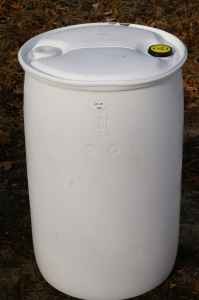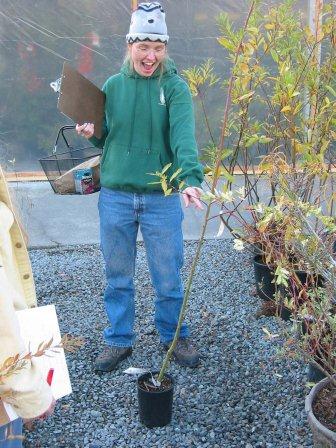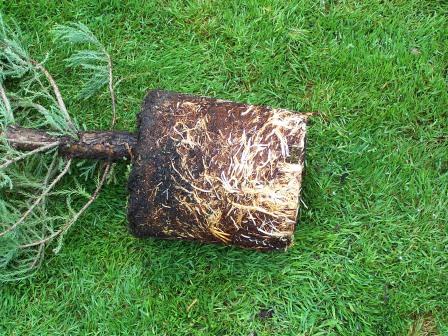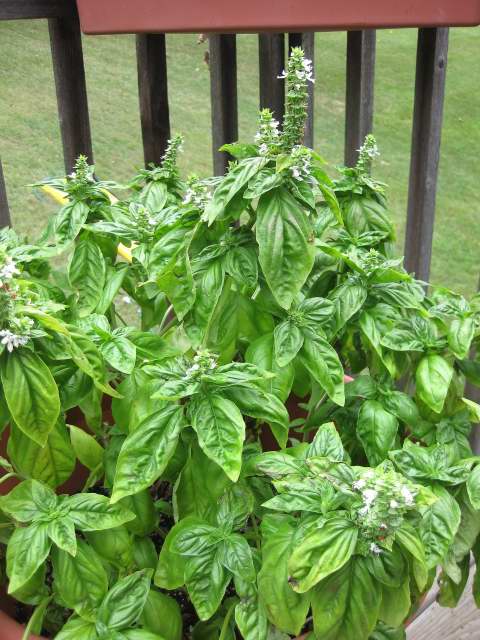Nothing drives me crazier than simplistic solutions to complex problems. Given our changing climate, there has been an explosion of “drought tolerant” and “firewise” plant lists in the gardening world. Most of these lists are devoid of science and all of them are removed from reality. The fact is that taxonomy plays a minimal role in determining whether a plant will tolerate environmental extremes.
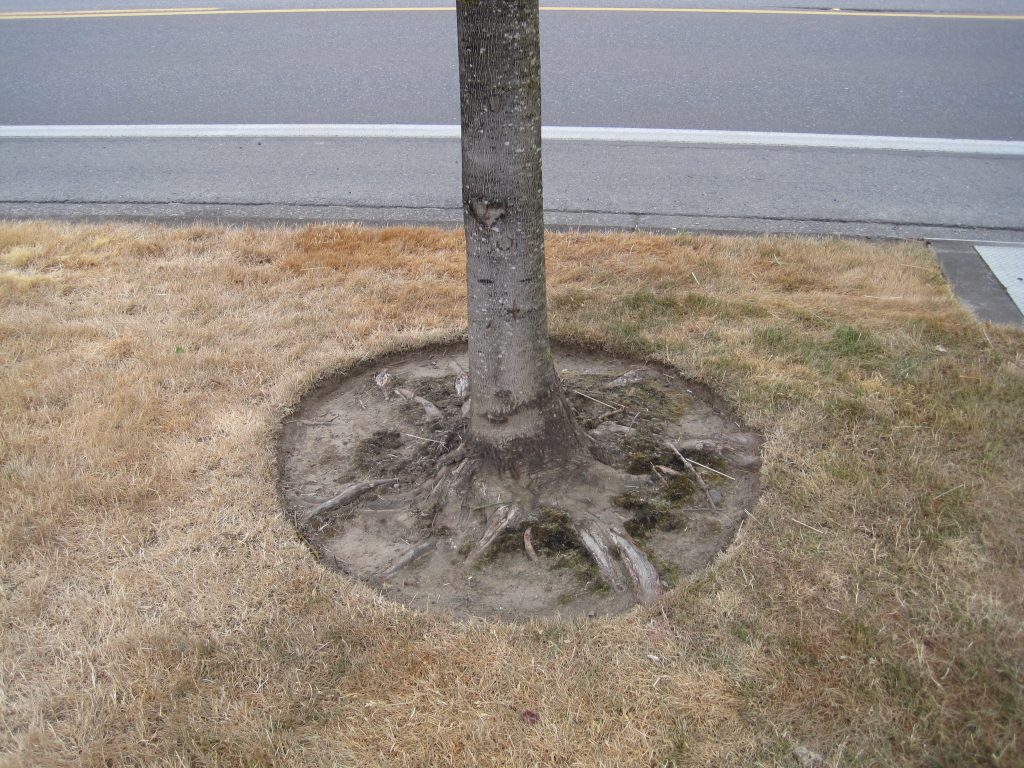
Let’s start with the most obvious problems with these lists. The goal isn’t to have plants that require less additional water – it’s to have a landscape that requires less additional water. Similarly, the relative flammability of plants is less important than whether the landscape surrounding those plants is protected from fire. Plants don’t exist in vacuum and unless you are strictly a container gardener a single plant’s impact on water use or fire resilience is negligible. So a gardener’s questions should be “How can I make my landscape more drought tolerant? How can I reduce the likelihood of wildfire damage?” And these are questions that can be addressed with knowledge gleaned from applied plant and soil sciences.
Drought Tolerance

First of all, let’s think about what “drought” really means: it’s an unusual lack of rainfall. It doesn’t mean no irrigation, and it doesn’t mean dry soil. Drought is a climatological term, not one associated with soil water management. Fine roots and their root hairs require water to function. Without sufficient soil water plants will go dormant or die, particularly during establishment. Plants that are drought tolerant can tolerate seasonal lack of rainfall, but they can’t tolerate chronically dry soil conditions.
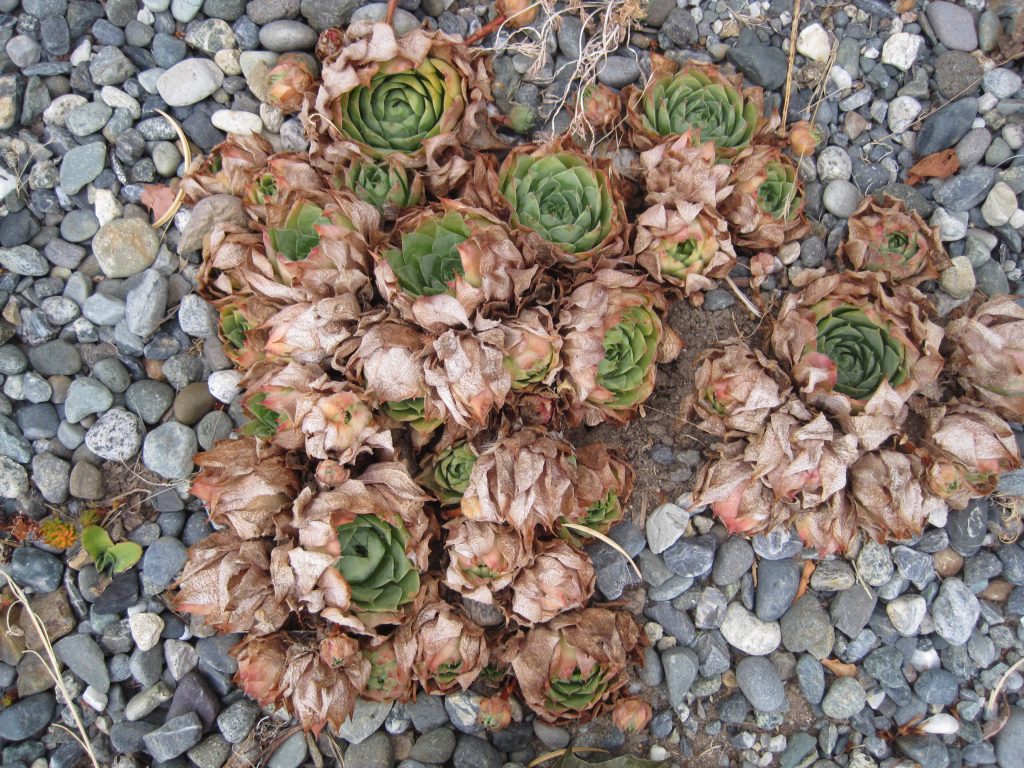
So we need to look at the landscape factors that allow plants to survive droughts. This includes
- Root systems that are well established. This means no barriers between the roots and the landscape soil system. Barriers include soil amendments and any materials left on roots during transplant (like soilless media, clay, and burlap). Obviously proper planting is key.
- Adequate water movement into and within the soil environment. Anything within the soil environment that creates a textural barrier, like soil amendments, prevents water movement. Anything on top of the soil environment that creates a physical barrier, like sheet mulches or compacted layers, prevents water movement into the soil. Sheet mulches include plastics, fabrics, cardboard, and newspaper.
- Adequate irrigation to support all plants in the landscape. The easiest way to determine whether there is enough soil water is to focus on one or two well-established indicator plants that you notice are the first to show wilt in the summer. That’s when the irrigation should be turned on. For our landscape in Seattle, it was a south-facing hydrangea.
- Properly mulched soil. Mulch is crucial for soil and plant health, especially in terms of soil water retention and temperature moderation. The best choice for a tree- and shrub-dominated landscape is arborist wood chips. The best choice for arid landscapes is stone mulch – but if this landscape is dominated by trees and shrubs, you need the wood chip mulch. Trees and shrubs, by and large, are not the dominant plant form in arid environments. If you are going to grow plants out of place, you need to include the mulch that matches.

These four environmental conditions are key to maintaining a drought-resistant landscape. In terms of appropriate plants, just realize that plants with small, thick leaves lose less water than those with broad, thin leaves. If you want a landscape that conserves water, by all means choose plants whose evaporative water loss is the least.
Firewise Landscapes
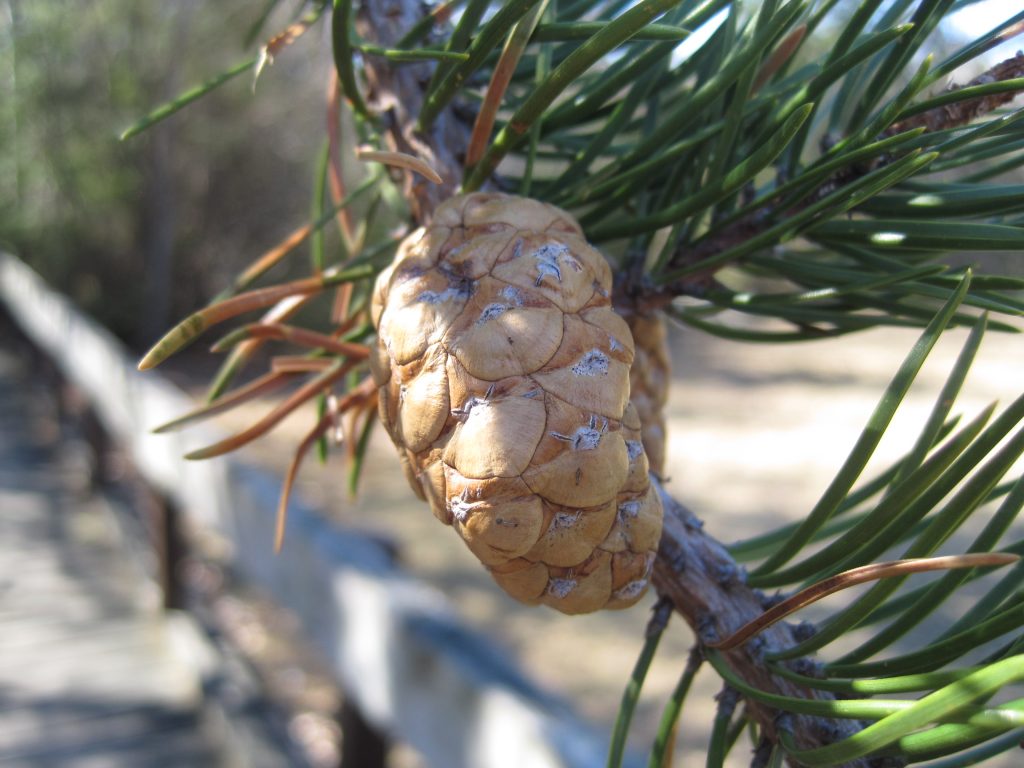
I’m not crazy about the term “firewise” as it’s not really a science-based concept. There are natural landscapes that routinely experience fires, and plants native to these landscapes have evolved mechanisms to survive moderate fires. Trees with thick bark, for example, can survive fires that are low to the ground and quick to move through. Other plants may perish in a fire, but leave behind fire-resistant seeds that are able to germinate after the next rainfall. This is not what’s meant by a firewise landscape. Instead, the premise appears to be selecting plants that are low flammability. (Jim Downer tackled this one a few years back but the message just isn’t sinking in.)

Once again, the focus of this approach is mistakenly directed to plant selection rather than landscape resilience. The best way to reduce the risk of fire is to have a landscape filled with healthy, hydrated plants and a soil protected by the least flammable mulch. The two mulches recommended for drought tolerant landscapes also happen to be the least flammable: stones and arborist wood chips.
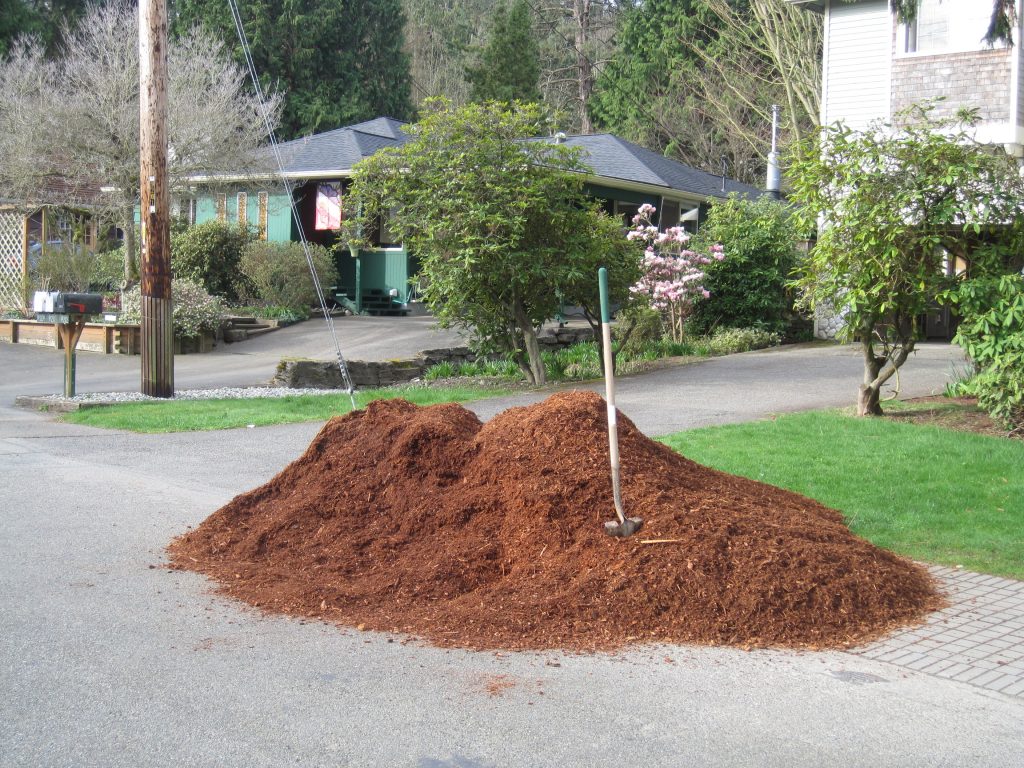
Bark mulch is hydrophobic and flammable in the landscape. 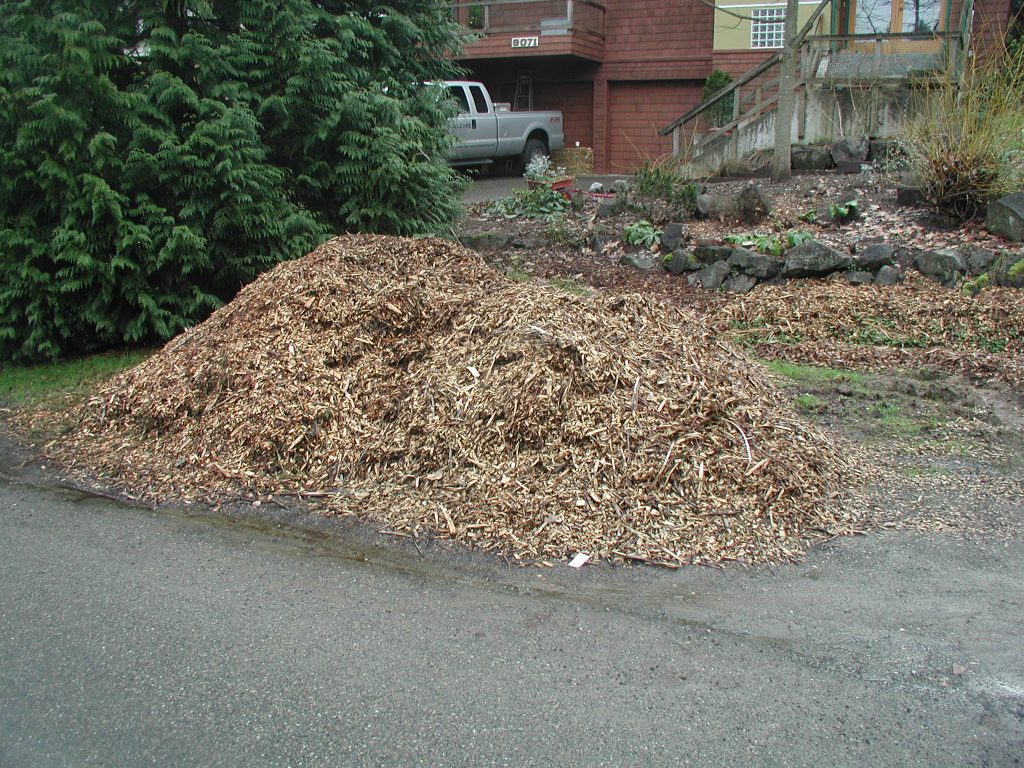
Arborist wood chips are hydrophilic and nonflammable in the landscape.
Despite published evidence that arborist wood chips are not very flammable when compared to all other organic mulches, many governmental groups specifically recommend against them. This is a problem. Stone mulches are great choices IF the plants in question are native to arid zones. Trees and shrubs that are not from arid zones generally require the presence of woody debris to enhance mycorrhizal and root health. Without the proper mulch, these woody plants are less healthy and likely less hydrated than their counterparts under arborist chip mulches. That makes them more, not less, susceptible to fire damage.

Most of the confusion around arborist chip mulches is probably the result of regulatory agencies confusing bark mulches with wood chip mulches. Bark mulches ARE flammable as they contain waxes and are not great choices for root and soil health. They should be avoided. Agencies associated with fire control methods need to be better informed about the significant differences between these two types of mulches and how they affect plant resilience.

And finally, it is important to understand that major wildfires are going to burn anything that’s organic. If you live in such an environment, the best thing you can have in your landscape is no plant material of any sort. A buffer of stone mulch is the only logical option.
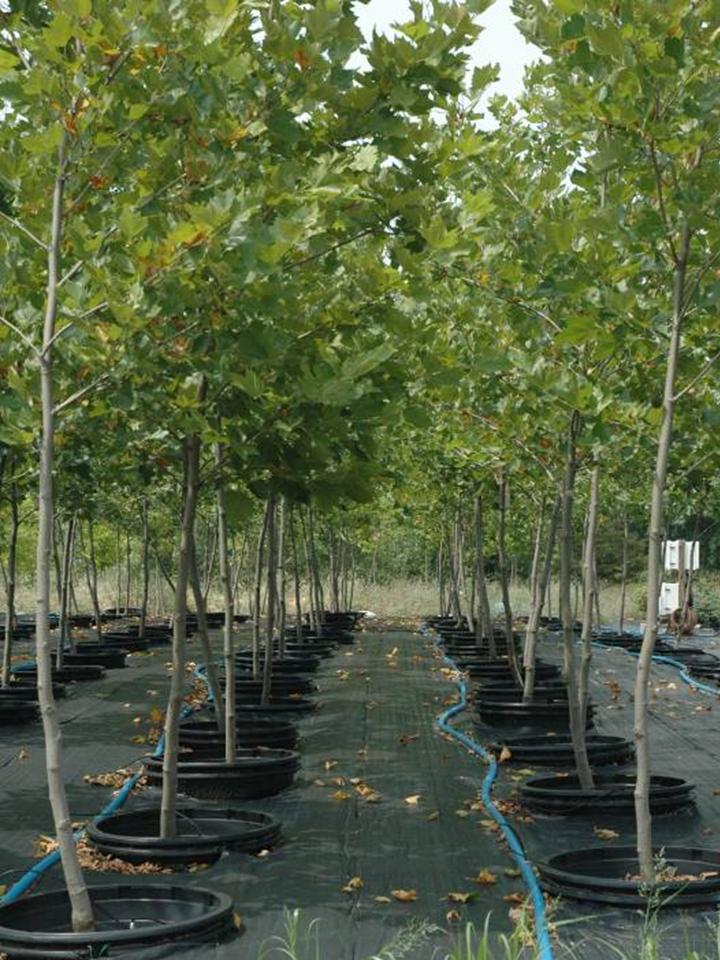
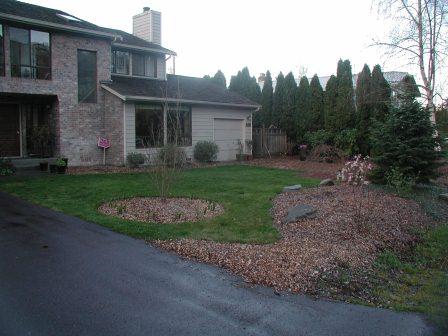
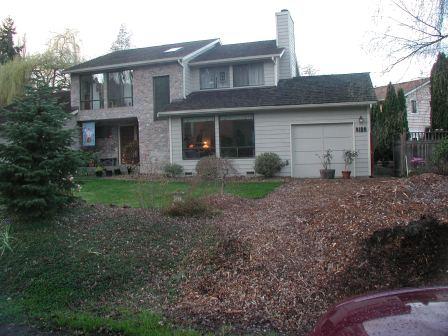 The front yard in 2003 from another angle. We’ve removed the second driveway and covered the area in wood chips. By the garage you can see two of the roses I dug up from the shady back yard and moved to the sunny front.
The front yard in 2003 from another angle. We’ve removed the second driveway and covered the area in wood chips. By the garage you can see two of the roses I dug up from the shady back yard and moved to the sunny front. The new front yard, with fencing, more plants, a pond, and no turf.
The new front yard, with fencing, more plants, a pond, and no turf.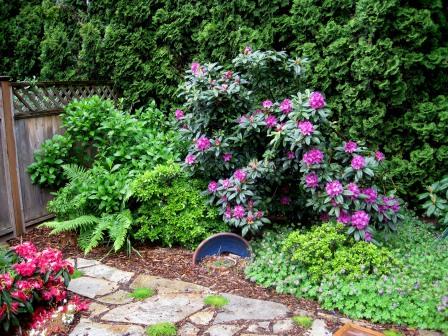 The rhody-hydrangea corner in front of the arbor vitae hedge
The rhody-hydrangea corner in front of the arbor vitae hedge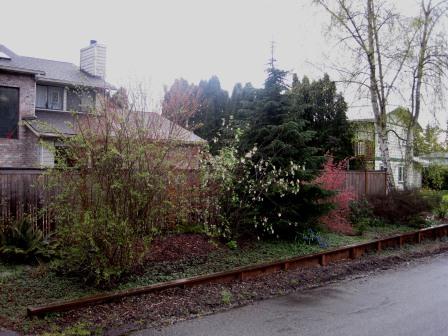 The new street garden, with a new retaining wall to hold back the soil that used to wash into the street. Everything not covered in plants is covered with wood chips.
The new street garden, with a new retaining wall to hold back the soil that used to wash into the street. Everything not covered in plants is covered with wood chips.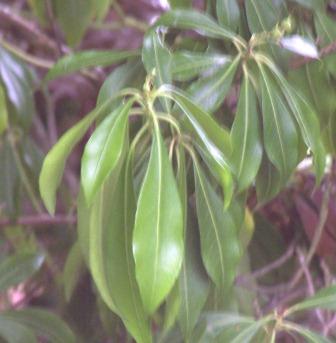
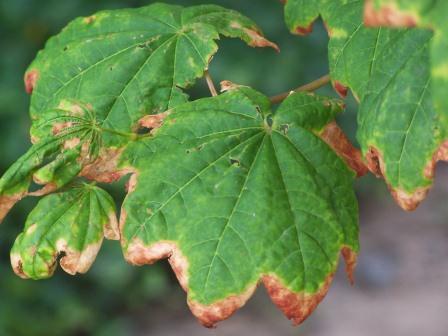 Leaf tip and marginal necrosis from chronic drought stress
Leaf tip and marginal necrosis from chronic drought stress